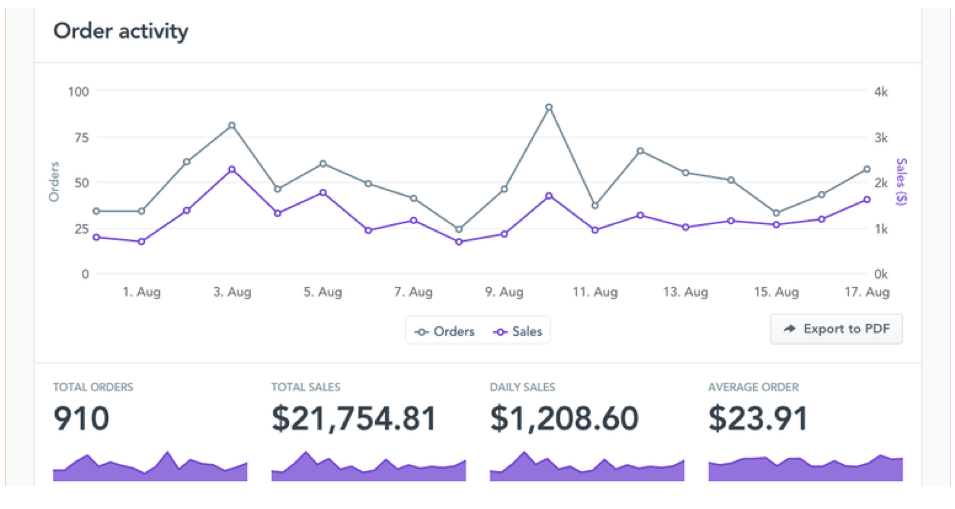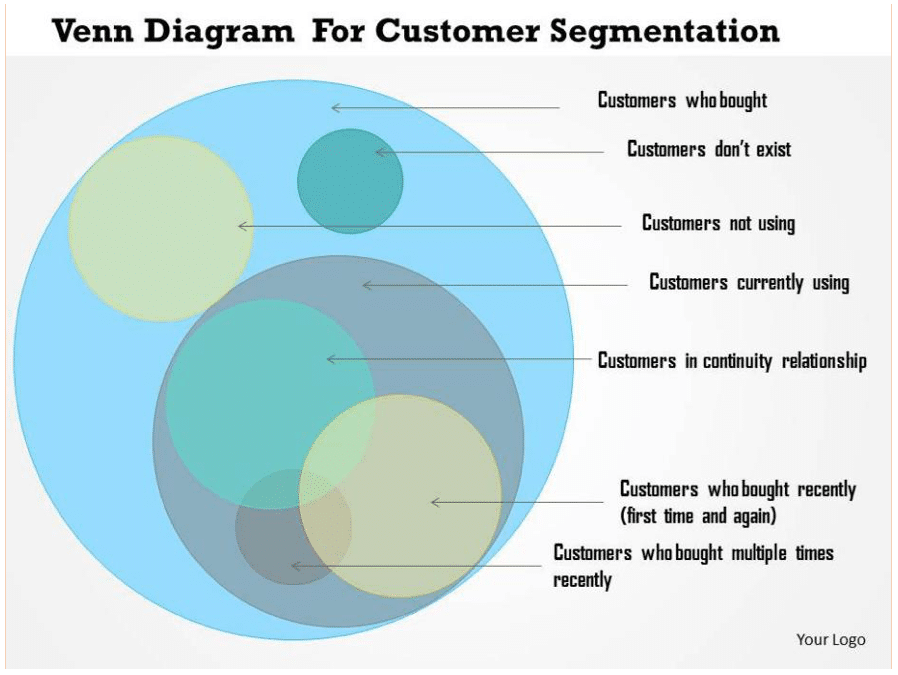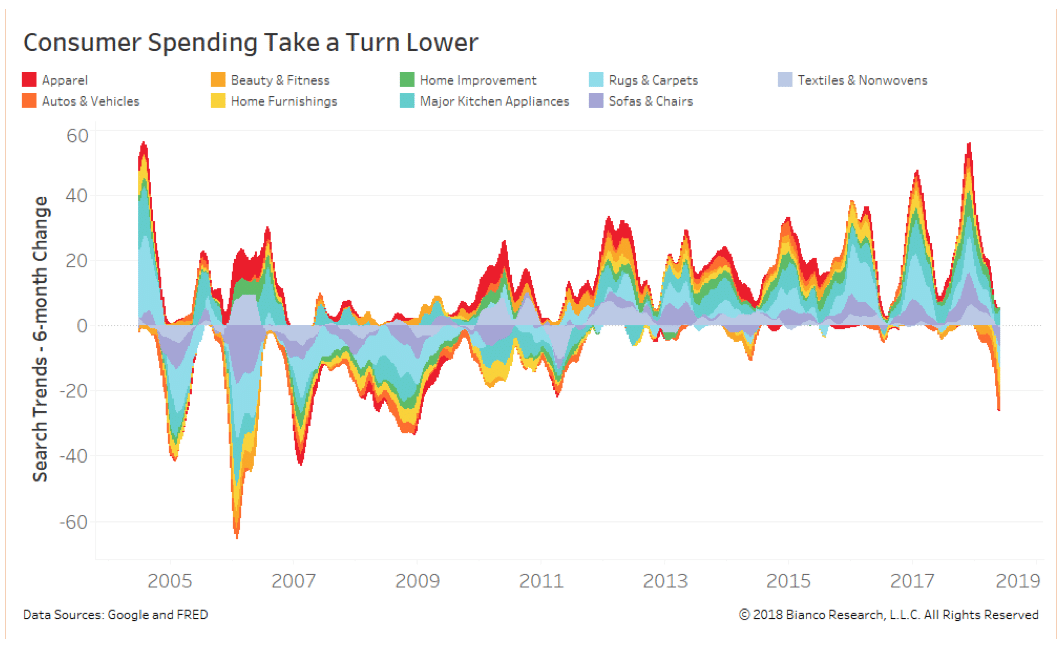Knowing your audience is the core of any successful business. It answers all of the most important questions, like:
- How do we attract people to our website?
- Who is going to buy our product or service?
- How do we make people trust our brand?
- What kind of message should we create?
This is why audience segmentation is so important. Although the majority of your target audience may fall into a specific age group, geographic location, or have certain preferences, there may be niche pockets of people that don’t fit this description and yet would be interested in your messaging.
Proper segmentation can be tricky, as there is no “one-size-fits-all” approach that every company can use. However, there are some guidelines that every single business can follow. By doing so, PR teams can create audience segments to ensure their strategies are highly strategic and effective.
Pay attention to audience patterns
Data analytics can help improve your strategies in many ways, but it can be especially useful for identifying patterns—which is one of the keys to successful segmentation. One effective way to formulate and discover these models is by creating your own datasets based on your customers’ behavior.
There are several ways you can create these. One is by using a website platform that automatically creates sales reports through your visitors’ online behavior, specifically through customer accounts. This allows you to track key metrics that can shine a light on audience segments, such as their age group, location, frequency of purchase, and product views.
In order to get a truly data-driven picture for the entire scope of your audience, you will want to use a platform that also allows you to connect your internal datasets to external services like Google Analytics. This can help you connect the dots by determining which keywords are driving audience groups to your website. This is an incredibly useful way to segment your audience as well.
Say you have a cluster of customers who arrived to your website through some of your informative content pieces—like case studies and how-to guides on your blog; this group could be identified as a segment who are “researchers.” Then, perhaps you also have another group that arrives to a product page via a social media post; this segment would be “social users.” Both of these segments are attracted through different types of content, and therefore, your PR team will need to adjust its messaging for these groups.
By combining these tools, you can start to understand deeper segments that go a step beyond the typical demographics. This will then help your PR and marketing team understand what kinds of content will best attract these groups.
Know which components make up a beneficial segment
Since there is no set “fill-in-the-blank” template for audience segmentation, there are truly no limit to the amount or types of segments you can create. Although it is important to build multiple sets of audience groups for effective targeting, having too many can be just as detrimental as having too few.
The key to optimal audience segmentation is making sure that each group fits these four standards:
- Relevant
- Unique
- Significant
- Locatable
Relevancy is the key to audience segmentation because each group should have a purpose. Just because you spot a certain pattern or cluster of customers doesn’t mean that they are necessarily a profitable segment. Audiences need to be identified by things that your organization can use to attract them. For instance, although 5% of your customers have a dog doesn’t mean that you necessarily need to focus your messaging on dog-owners if this has nothing to do with your brand.
Groups also need to be unique and distinguishable from each other. While some customers may overlap into several groups, each segment needs to have distinctive characteristics from the others.
Each segment should also be significant enough in size to actually matter. Having multiple audiences to target can get expensive, so you want to make sure that each segment is sizeable enough to be worth the effort.
And finally, you must also be able to locate each segment through at least one channel, whether it be email marketing, social media, or outside media sources.
Once these segments are defined, it will be much easier for PR teams to personalize messaging and determine the best ways to reach customers through branded media.
Use outside data sources, too
While internal datasets of your own audience are certainly important, outside resources can be extremely helpful as well when it comes to identifying trends and expanding into new markets. Don’t be afraid to check out the latest studies on consumer behavior within your industry to help understand trends and patterns, especially newer ones that are emerging.
Obviously, be sure that you are vetting each study and making sure they are coming from reputable sources. Stick to reports that are fairly new and relevant to either a specific demographic segment of your audience (such as a report on Millennial spending or how urban shoppers differ from rural consumers) or ones that are unique to your business’s industry.
By using these outside sources, your team can get some un-biased insight into consumers as a whole and see what other information is available about them. This in turn creates a more data-driven approach to segmentation.
Conclusion
Many marketing and PR teams spend endless hours and thousands of dollars trying to understand proper segmentation. It’s fairly easy to get a general idea for the demographics that make up the majority of your audience with a quick dive into Google Analytics. But, having just a general idea of your customers is simply not enough to make your brand messaging truly effective.
By following these principles, your PR team can begin to gather the information they need to create segments for more effective communication and targeted messages that result in higher conversions.







